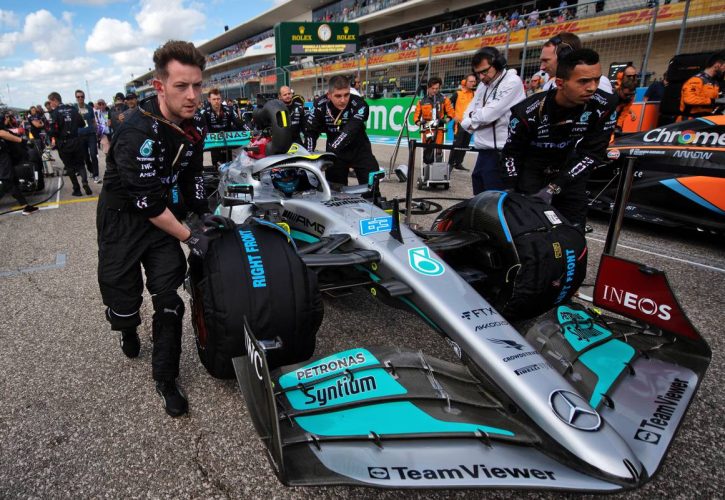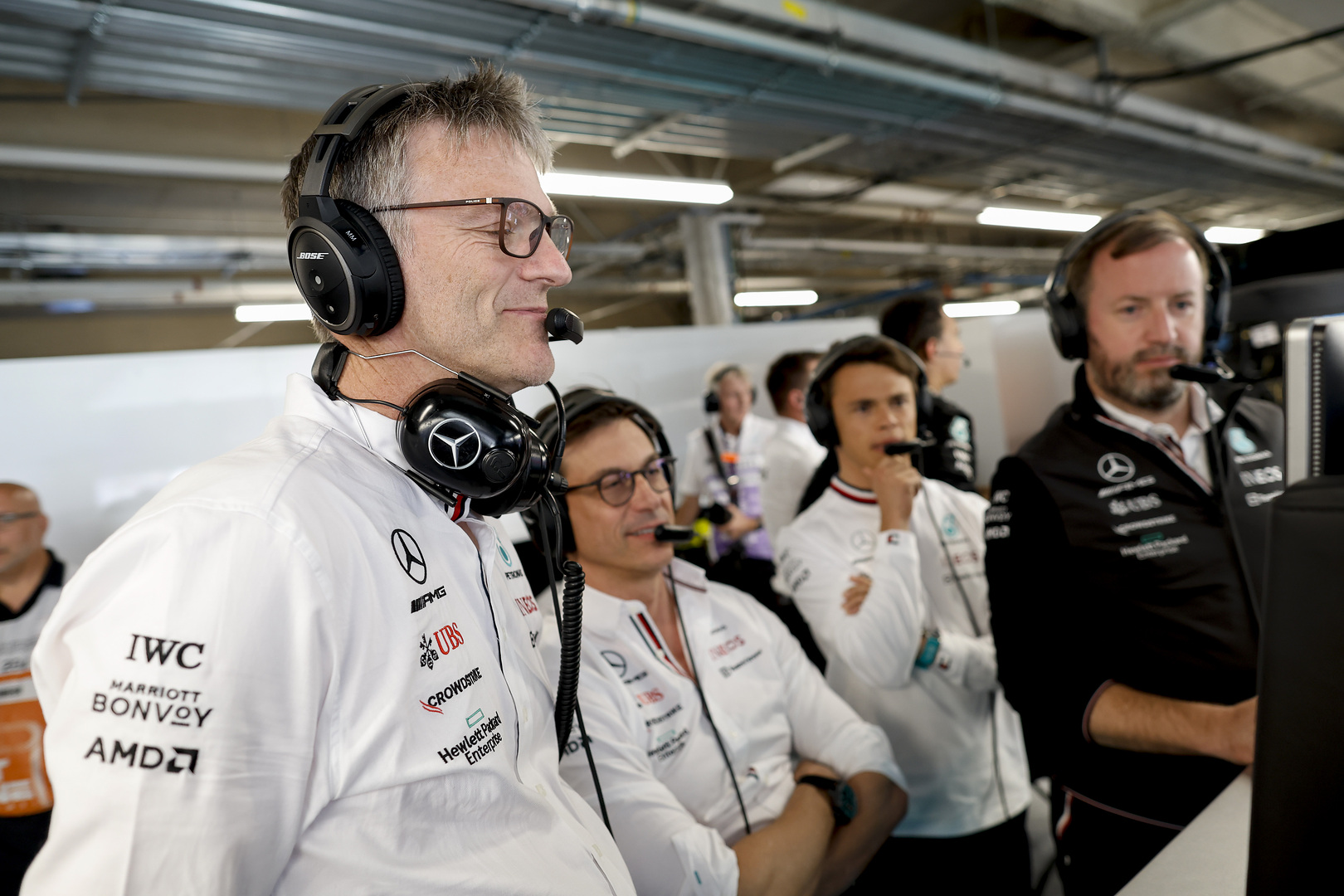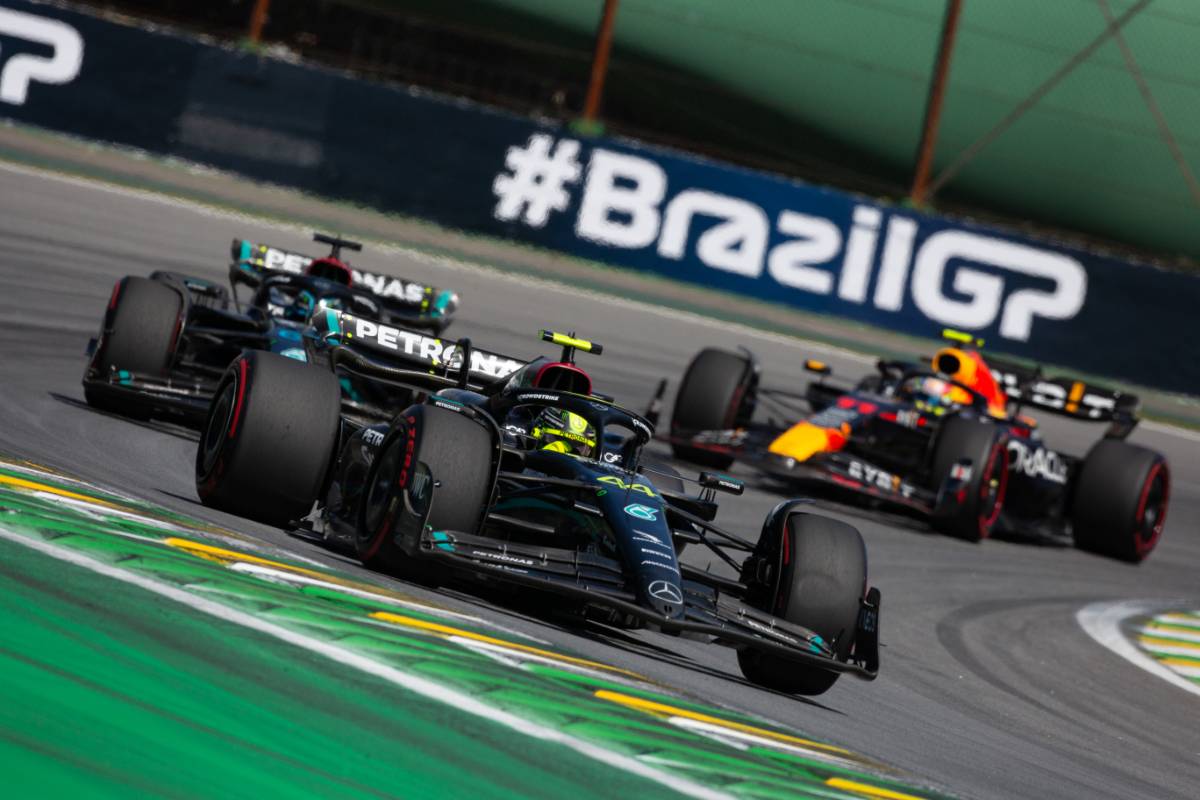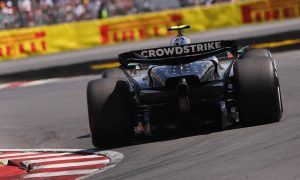
Mercedes technical director James Allison believes a lack of self-criticism was a key factor in the former championship winning team’s struggles during its two-year lean period.
Mercedes' unprecedented eight-year dominance in Formula 1 came to an abrupt halt with the introduction of Formula 1’s new ground-aerodynamic regulations in 2022.
The Silver Arrows squad found themselves struggling to adapt to the radical changes, which led to a prolonged period of underperformance.
While George Russell’s win in the 2022 Brazilian Grand Prix looked like a turning point for the team, the following campaign in 2023 was another story of hardship and challenges for the Brackley outfit.
Today, after its recent back-to-back wins in Austria and at Silverstone, Mercedes has turned around its fortunes to become once again a force to be reckoned with at the sharp end of the grid.
On Formula 1’s latest ‘Beyond the Grid’ podcast, Allison explained how Mercedes had failed to critically assess their own working methods and how the team’s structure, honed to perfection over eight championship-winning seasons, proved to be a hindrance rather than a help in the sport’s new regulatory landscape.
“The most significant thing that I would say we could point to inwards at ourselves and say as a criticism is that the way that we had found of working in the previous set of rules was very effective for the previous set of rules,” Allison explained.
In effect, for Mercedes, the intricate interplay between aerodynamics and vehicle dynamics, a harmonious dance during the hybrid era, became a chaotic entanglement under the new ground effect regulations.

©Mercedes
“I don’t just mean like the way we shape the front wing or the particular way that we handled the tyre squirt at the rear of the car,” he continued.
“I mean that the way the key engineering groups interacted with one another in the team. So the aerodynamics with vehicle dynamics, vehicle dynamics with the track, and track with both of those two groups.
“The way that we were set up in the old world worked just fine. And not just fine, it worked for eight seasons on the trot, something no one has ever done before, it was pretty impressive.
“But we, to a large extent, carried on with that way of working together under different circumstances and were insufficiently self-critical to recognise that there were weaknesses inherent in that approach in the new world that didn’t matter in the old. We definitely paid a price for that.”

The new ground effect regulations brought unprecedented challenges, particularly regarding car porpoising and ride height.
Mercedes struggled to find the optimal balance, and Allison highlighted the unprecedented level of integration required between suspension and aerodynamics.
“The cars are all so uncomfortably near to the ground in this set of rules that suspension and aerodynamics have to be really, really, really tightly bound up with one another,” said Allison.
“In the old world, they sort of needed to be cousins, but they didn’t need to be really, really properly embedded in each other’s worlds.
“Actually, it would have been inefficient in the old world to spend time fretting about the interaction of one group on the other in a particularly intense way, because they were sort of orthogonal to each other to some extent.
“Now they are just completely in bed and the interaction has to be very tight.”
Keep up to date with all the F1 news via Facebook and Twitter






